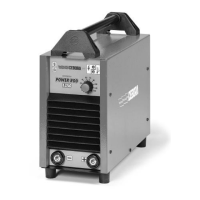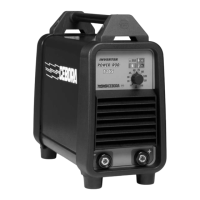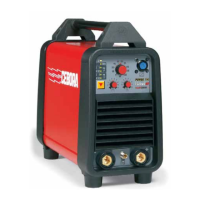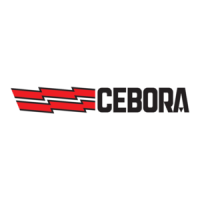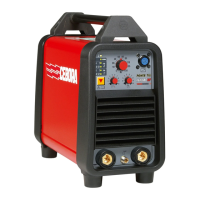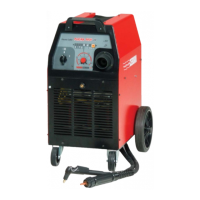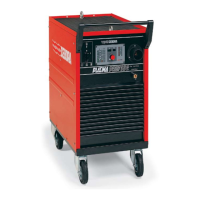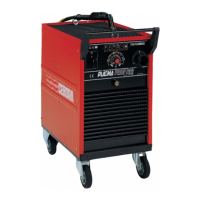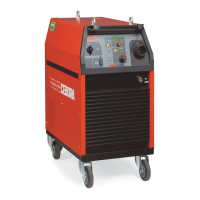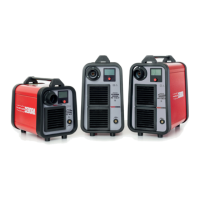Do you have a question about the Cebora POWER PLASMA 3100 and is the answer not in the manual?
Introduces the manual's purpose: training personnel for maintenance of the power source art. 296 for plasma cutting.
Outlines customer and operator responsibilities for appropriate equipment use and maintenance according to manuals.
Emphasizes safety notes, including power disconnection and capacitor discharge time (6 minutes) before internal access.
Directs users to consult the Instruction Manual's paragraph on electromagnetic compatibility for relevant instructions.
Defines the POWER PLASMA 3100 as a plasma arc system for cutting conductive materials, controlled by microprocessor circuits.
Refers users to the machine plate, Instructions Manual, and Sales Catalogue for detailed technical specifications.
Describes the art. 296 power source, its DC current control, rectifier bridge, and DC/DC mosfet converter.
Details periodic checks for proper airflow, cleaning of dirt/dust, and inspection of power cables and internal connections.
Presents a sequence for correct machine functioning, useful for troubleshooting and post-repair verification.
Guides users through diagnosing and solving common issues like no start, fan stop, incorrect indicators, or gas flow problems.
Explains various alarm signals indicated by LEDs, including temperature, low gas pressure, and power source blockages.
Lists essential and recommended spare parts for the power source, including codes and quantities.
Illustrates key waveforms, such as open circuit nozzle voltage and HF board voltages, for troubleshooting missing pilot arcs.
| Input Voltage | 230 V |
|---|---|
| Protection Class | IP23 |
| Open Circuit Voltage | 300V |
| Plasma Gas | Air |
| Cutting Capacity | 30 mm |

